IU researchers are using a minimally invasive nanochip device to reprogram tissue function. Credit: Liz Kaye, Indiana University
Previously, it was demonstrated that the same technology could transform skin tissue into blood vessels and nerve cells.
Researchers at the Indiana University School of Medicine have developed technology that has the potential to be a treatment for traumatic muscle loss. This technology has previously been shown to be able to transform skin tissue into blood vessels and nerve cells.

Chandan Sen. Credit: Liz Kaye, Indiana University
Tissue nanotransfection is a nanochip device that is minimally invasive and able to reprogram tissue function by delivering specific genes in a short amount of time through the use of a harmless electric spark.
A new study, published in Nature Partner Journals Regenerative Medicine, tested tissue nanotransfection-based gene therapy as a treatment, with the goal of delivering a gene known to be a major driver of muscle repair and regeneration. They found that muscle function improved when tissue nanotransfection was used as a therapy for seven days following volumetric muscle loss in rats. It is the first study to report that tissue nanotransfection technology can be used to generate muscle tissue and demonstrates its benefit in addressing volumetric muscle loss.
Volumetric muscle loss is the traumatic or surgical loss of skeletal muscle that results in compromised muscle strength and mobility. Incapable of regenerating the amount of lost tissue, the affected muscle undergoes substantial loss of function, thus compromising the quality of life. A 20 percent loss in mass can result in an up to 90 percent loss in muscle function.
Current clinical treatments for volumetric muscle loss are physical therapy or autologous tissue transfer (using a person’s own tissue), the outcomes of which are promising but call for improved treatment regimens.
“We are encouraged that tissue nanotransfection is emerging as a versatile platform technology for gene delivery, gene editing, and in vivo tissue reprogramming,” said Chandan Sen, director of the Indiana Center for Regenerative Medicine and Engineering, associate vice president for research and Distinguished Professor at the IU School of Medicine. “This work proves the potential of tissue nanotransfection in muscle tissue, opening up a new avenue of investigational pursuit that should help in addressing traumatic muscle loss. Importantly, it demonstrates the versatility of the tissue nanotransfection technology platform in regenerative medicine.”
Sen also leads the regenerative medicine and engineering scientific pillar of the IU Precision Health Initiative and is the lead author of the new publication.
The Indiana Center for Regenerative Medicine and Engineering is home to the tissue nanotransfection technology for in vivo tissue reprogramming, gene delivery, and gene editing. So far, tissue nanotransfection has also been achieved in blood vessels and nerve tissue. In addition, recent work has shown that topical tissue nanotransfection can achieve cell-specific gene editing of skin wound tissue to improve wound closure.
Reference: “Myogenic tissue nanotransfection improves muscle torque recovery following volumetric muscle loss” by Andrew Clark, Subhadip Ghatak, Poornachander Reddy Guda, Mohamed S. El Masry, Yi Xuan, Amy Y. Sato, Teresita Bellido and Chandan K. Sen, 20 October 2022, npj Regenerative Medicine.
DOI: 10.1038/s41536-022-00259-y
The study was funded by the U.S. Department of Defense and the National Institute of Diabetes and Digestive and Kidney Diseases.
Related article: Regenerative Nanotransfection: Innovative Nanochip Can Reprogram Biological Tissue in Living Body

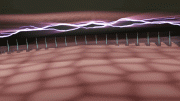
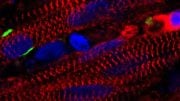
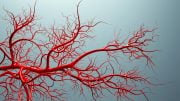
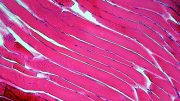
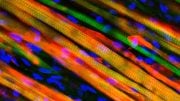
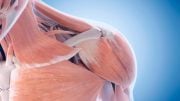

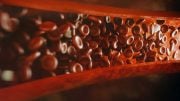
Innovative and simply inspiring. As a biology lover , this finding really amazed me and helped me discover regenerating property of two dissimilar cells using intricate artificial nanotechnology.